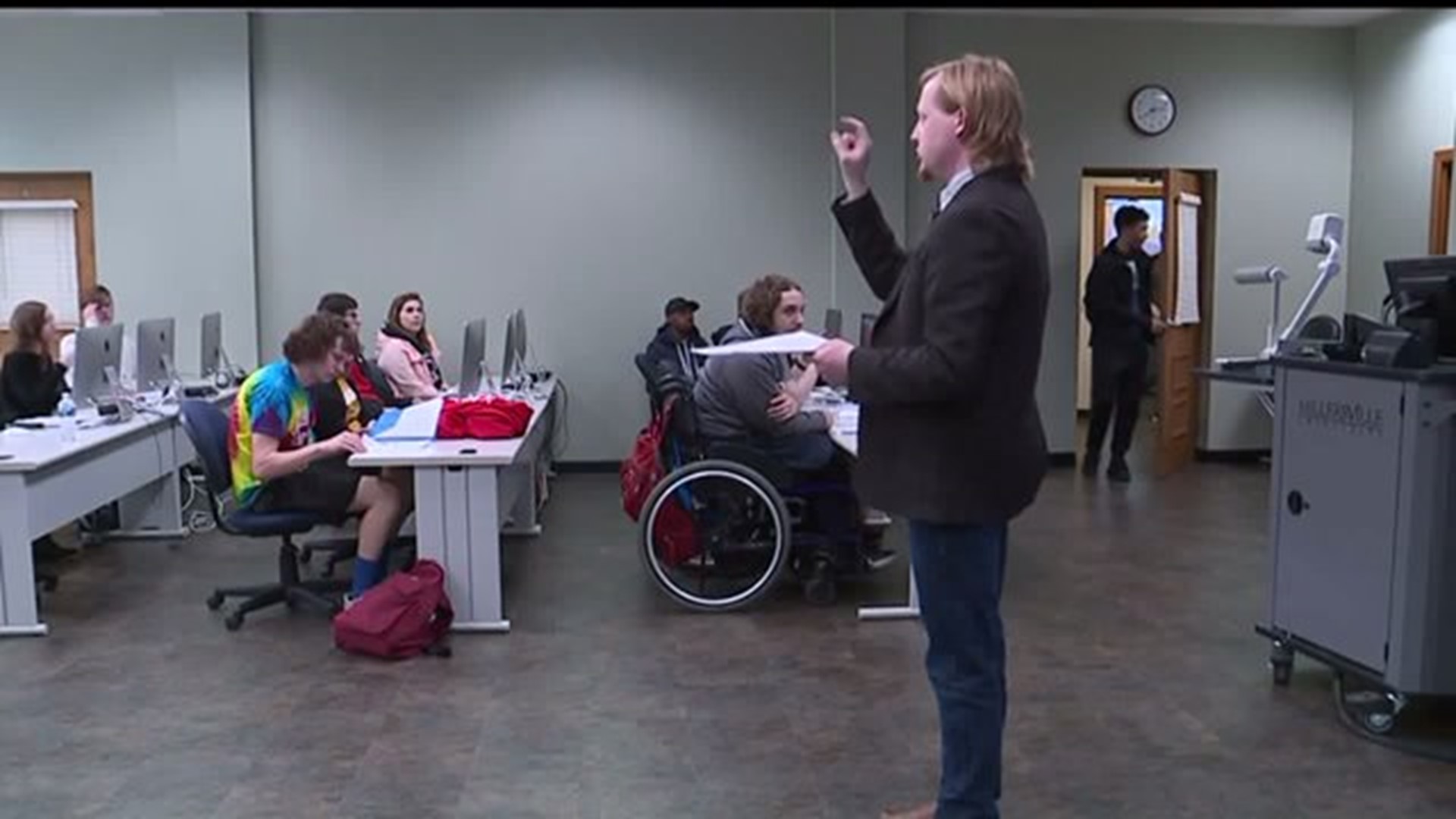Pennsylvania state Representative Tim Briggs realized there was a problem when his teenage twin daughters were showing him news stories from Snapchat and Instagram during the 2016 election campaign.
"We weren't sure where they were getting this information," Briggs said he and his wife thought at the time. "Some of it was factual and some of it was really scary."
The Briggs family, much like virtually everyone else who watched daily news coverage during the election cycle, was caught up in trying to differentiate between what is fact versus fiction when it comes to what you read in a newspaper or see on television. More commonly, what is known today as "fake news."
Shortly after the election, Briggs (D-Montgomery) went to work drafting legislation which he claims will help the public filter out what is real and what is false, and he wants to start at a very young age.
Briggs is the prime sponsor of House Bill 661, which he says will instruct the Pennsylvania Department of Education to come up with revised curriculum for its 500 public schools to include discussions on media literacy, from 1st Grade through one's senior year of high school.
"So much information is coming at us. Not just kids, but all of us, and we just need a second to digest it and filter it," Briggs said. "The goal should be that we give students a tool when they become voting age that they know information is out there that isn't honest verifiable and truthful."
Briggs says he's already had preliminary discussions with Secretary Pedro Rivera of the Department of Education. The PDE responded to FOX43 with a statement:
"As the news and information landscape changes, discerning fact from bias can be difficult for members of our communities, including students. While the Department looks forward to engaging with our partners in the General Assembly to explore options for meeting this challenge, some schools and public libraries are on the forefront of developing tools and curriculum to educate students about how to find reliable information, and to synthesize and evaluate that information, and to help Pennsylvanians be savvy consumers of news. As resources become available, the Department will share them with our educators and school leaders to ensure everyone has the tools to meet this growing challenge."
It is unknown if the Department of Education has seen a recent study conducted by Stanford University, which showed that students at virtually all grade levels are having trouble distinguishing real news from fake news.
Media literacy classes are already taught at multiple grade levels in numerous states across the country. In Pennsylvania, media literacy is included in journalism and communications curriculum at Shippensburg and Millersville Universities.
Dr. Robert Spicer, an assistant professor of digital journalism at Millersville, does not believe there is more "fake news" today than ever before. He does believe though, that in the wake of the 2016 Election, it is more visual and prevalent.
"Mark Twain once said 'A lie can be halfway around the world before the truth has its shoes on.' Well, with social media its even more so," Spicer said.
Briggs expects HB661 to be assigned to the House Education Committee once session resumes next week.

